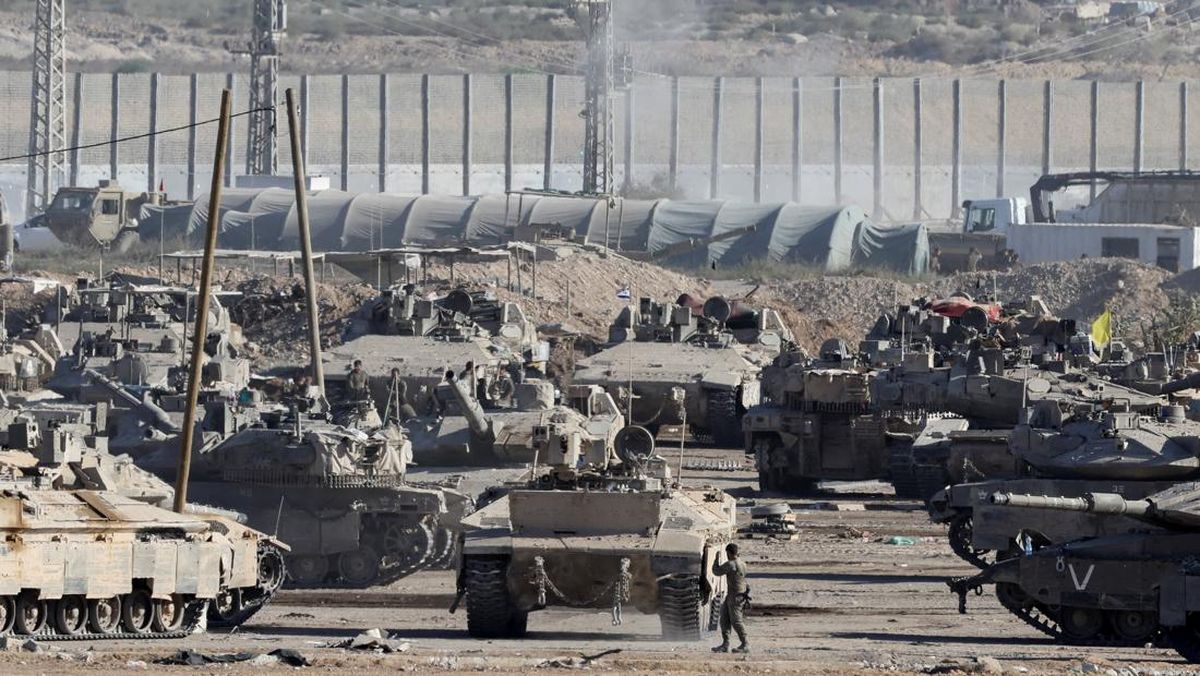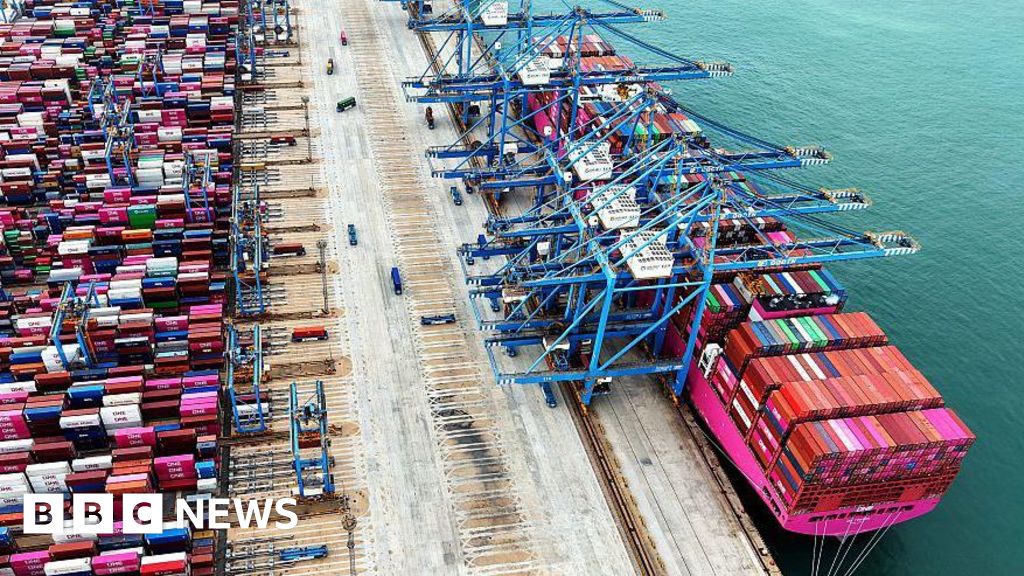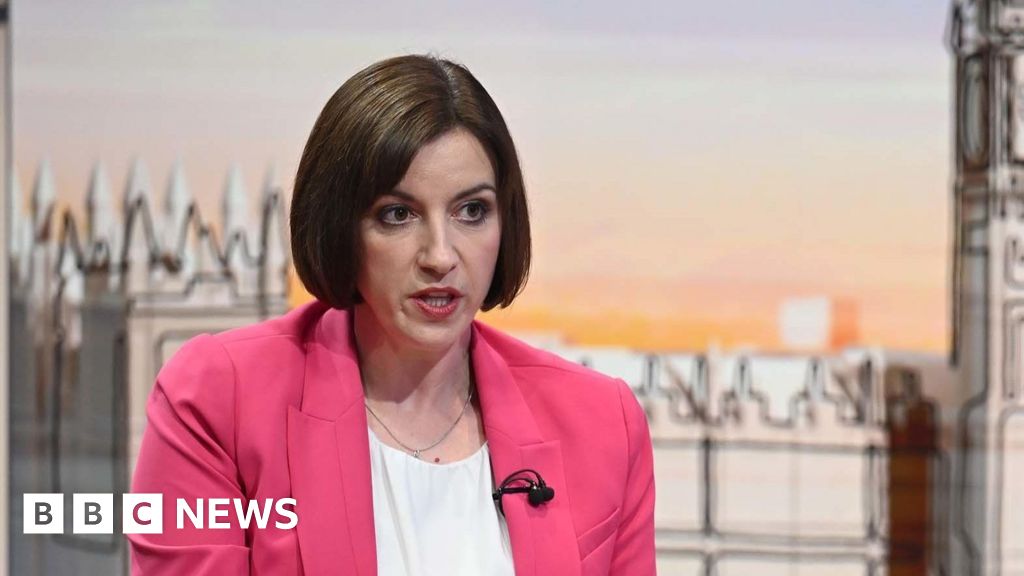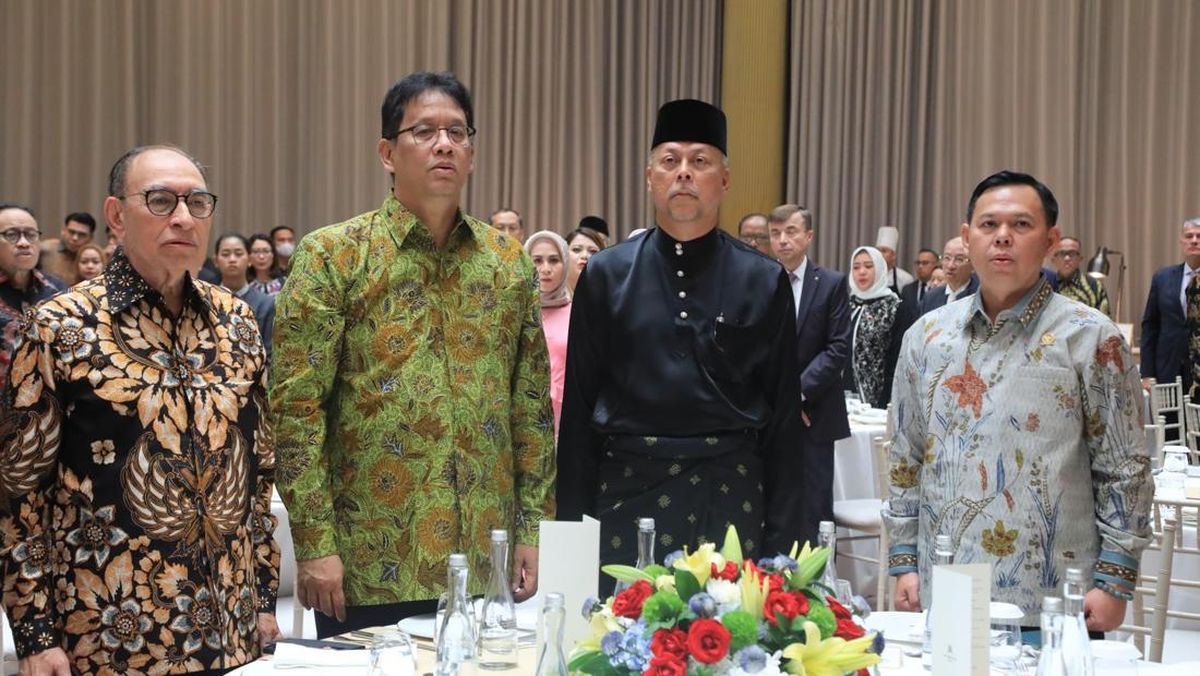Energy bills could be cut in half as Australia reduces net emissions to zero over the next 25 years, according to modelling released today by the Grattan Institute, even if tougher action is taken to cut pollution from coal-fired power plants.
The independent think tank’s report Bills down, emissions down calculated that the $5800 the average household spends each year on gas, electricity and petrol could be cut to less than $2900 in today’s money by 2050, driven by the fall in petrol costs as people switch to electric vehicles, as well as the growing uptake of solar panels and batteries and the ongoing shift from gas stoves and water heaters to electric.

Cutting coal emissions will be key to reaching Australia’s climate goals.Credit: Sarah Baker
The report also challenges a key argument from anti-renewable energy campaigners that overhauling the electricity grid and moving to a net zero economy will impose unaffordable bills on consumers.
It finds that expanding the Albanese government’s emissions-reduction controls to coal-fired power stations – a move that Grattan argues is critical to help keep Australia’s climate targets within reach – would make “little difference” to the size of the expected savings. While the policy would increase the price of electricity from 2030 to 2035, it would ultimately amount to just $100 a year extra to a household’s overall energy costs by 2050 compared to a scenario without it.
“For too long, federal governments of both political colours have avoided pricing carbon because they fear higher electricity prices,” said Alison Reeve, Grattan’s head of climate and energy. “The source of that fear is becoming outdated.”
Loading
The Albanese government’s commitment to slash harmful greenhouse gas emissions by at least 62 per cent by 2035 relies heavily on replacing coal-fired power stations in the electricity grid with cleaner sources.
While billions of dollars are continuing to pour into new wind, solar and battery projects each year, officials warn the rollout is not happening fast enough to compensate for the next wave of coal generator closures, and the government is yet to commit to new policies to speed up the rollout once its renewable energy underwriting scheme expires in 2030.
“Without a constraint on electricity emissions, Australia will find it difficult to meet its emissions-reduction targets,” the report said. “Left to its own devices, the electricity sector will continue to decarbonise, but not fast enough.”
Grattan recommends setting emissions limits for coal-fired power plants under the federal government’s so-called “safeguard mechanism”, which forces the nation’s 215 biggest industrial polluters, such as smelters and factories, to cut emissions 4.9 per cent a year.
This would be a controversial move given energy has been exempted from the safeguard regulations to avoid increasing power bills, and Climate Change and Energy Minister Chris Bowen has already ruled it out.
He said the government had schemes in place to boost wind and solar farm development as well as household energy efficiency and would consider even more options to cut emissions in the ’30s.
“We are looking at a range of post-2030 settings to continue to drive investment and decarbonisation including... The government has no plans to include electricity in the Safeguard Mechanism,” Bowen said.
Grattan’s modelling forecast that wholesale electricity prices would rise from its current level of less than $50 per megawatt hour to more than $100 per megawatt hour in 2035.
Loading
However, power prices would not double in line with this spike as wholesale prices comprise less than 30 per cent of a power bill that also includes retail profit margins, taxes and costs of poles and wires in the network.
“The safeguard mechanism is already constraining emissions in the industrial and transport sector, so it would be a natural choice to use it in the electricity sector,” Grattan’s report said.
The Australian Energy Market Operator has already flagged that ageing coal-fired power plants are increasingly costly to run, and due to competition from renewables, they are set shut down rapidly over the next decade.
Grattan Institute senior fellow Tony Wood said as the coal plants are switched off, oversupply of electricity to the grid from renewables would dwindle, wholesale prices would rise in the short term and “in 10 years’ time, prices are back up to where we are now, more or less”.
The report assumed that governments take the action required to achieve their climate goals, such as building transmission lines to link regional wind and solar farms with urban centres and delivering the federal government’s Capacity Investment Scheme, which uses taxpayers’ money to underwrite construction of private renewables projects worth a total of $70 billion.
“This might get done, it might not get done,” said Reeve. “They’ll probably get all the money out the door, but whether the projects actually get electrified is a different matter.”
Cut through the noise of federal politics with news, views and expert analysis. Subscribers can sign up to our weekly Inside Politics newsletter.
Most Viewed in Politics
Loading


















































